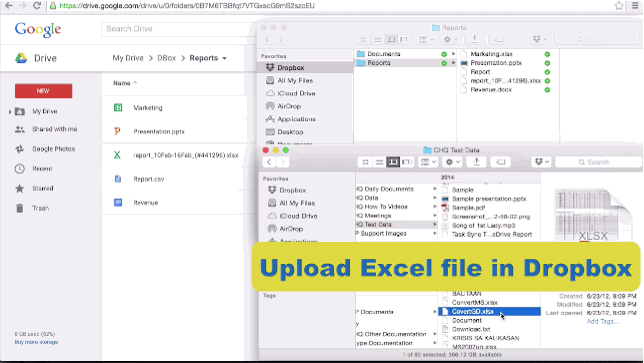

Both 100GB plans, $1.99 a month for Google drive and $9.99 a month for Dropbox. Up until a few weeks ago I was paying for premium plans for both Google Drive and Dropbox. Making it easy to backup and access your files from anywhere. In this post I’ll explain why I did it and some cool unexpected benefits that came from the move and give you a rundown of Dropbox vs Google Drive.ĭropbox and Google Drive are file storage services that sync files between a folder on your device(s) and the cloud.

They do not represent the views of, nor constitute an endorsement by Capterra or its affiliates.I recently hit the limit on my 100GB Dropbox account and after a bit of research decided to make the move from Dropbox to Google Drive. Note: Listed pros and cons are derived from features listed on the product website and product user reviews on Gartner Digital Markets domains (Capterra, GetApp, and Software Advice). In addition to these qualifications, we checked for products that received over 100 reviews over the last two years. For this guide, we included options that offer a mobile app for at least one of the two platforms. Mobile apps: Dropbox offers both Android and iOS mobile apps. For this guide, we considered options that have similar protocols to maintain security and privacy of user data. Dropbox also has measures in place to protect user privacy, as well as detect any suspicious account activity, phishing, and malware. Both of those are widely used security protocols. Security and privacy protocols: Dropbox uses 256-bit Advanced Encryption Standard (AES) to protect stored data, and Secure Sockets Layer (SSL)/Transport Layer Security (TLS) to protect data during transfer.

For this list, we included products that offer at least 5GB of free storage. Storage: While Dropbox Basic offers only 2GB of free storage, in our research we discovered that a lot of Dropbox competitors offer anywhere from 5GB to 15GB storage in their free plans.


 0 kommentar(er)
0 kommentar(er)
